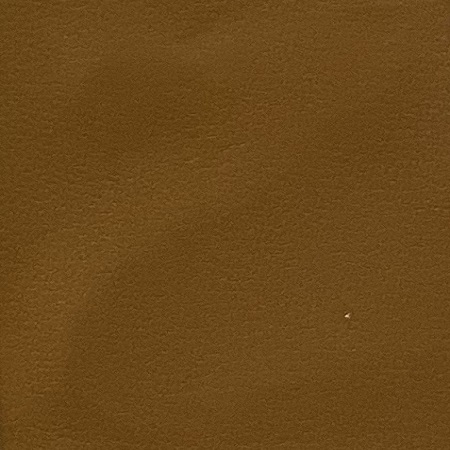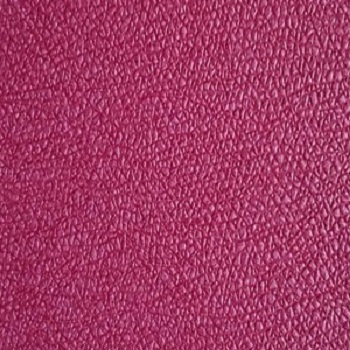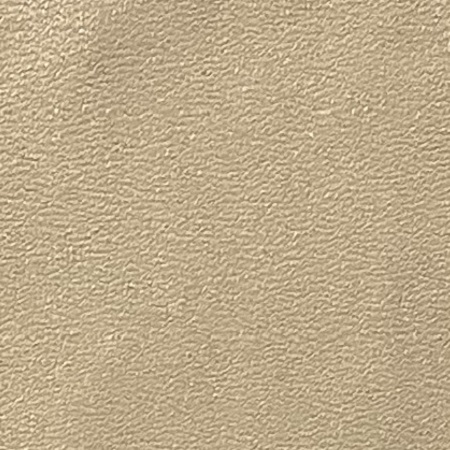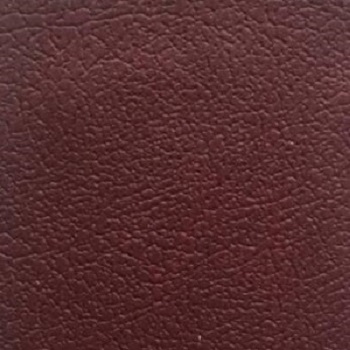Pros and Cons of Using PU Fabric for Shoe Manufacturing
Polyurethane (PU) fabric has become a popular choice for shoe manufacturers due to its versatility and durability. This synthetic material offers a range of benefits that make it an attractive option for creating high-quality footwear. However, like any material, there are also some drawbacks to using PU fabric in shoe manufacturing. In this article, we will explore the pros and cons of using PU fabric for shoes.
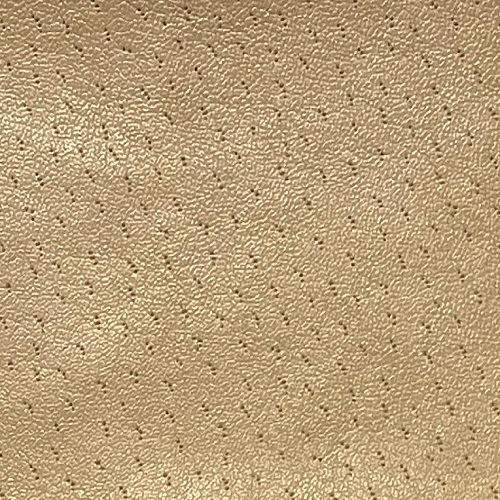
One of the main advantages of using PU fabric for shoes is its durability. PU fabric is known for its strength and resistance to wear and tear, making it an ideal choice for footwear that needs to withstand daily use. Shoes made from PU fabric are less likely to show signs of damage or deterioration over time, making them a long-lasting investment for consumers.

In addition to its durability, PU fabric is also water-resistant. This means that shoes made from PU fabric are less likely to be damaged by water or moisture, making them a practical choice for rainy or wet conditions. This water-resistant quality also makes PU fabric easy to clean and maintain, as it can be wiped down with a damp cloth to remove dirt and stains.
Another benefit of using PU fabric for shoes is its versatility. PU fabric can be easily dyed and printed, allowing for a wide range of colors and patterns to be used in shoe design. This versatility makes it easy for manufacturers to create shoes that appeal to a variety of tastes and styles, making PU fabric a popular choice for fashion-forward footwear.
Despite its many advantages, there are also some drawbacks to using PU fabric for shoes. One of the main disadvantages of PU fabric is that it is not as breathable as natural materials such as leather. This lack of breathability can lead to discomfort for the wearer, especially in hot or humid conditions. Additionally, PU fabric may not mold to the shape of the foot as well as natural materials, which can affect the overall fit and comfort of the shoe.
| Model | Name |
| S | Shoe Upper |
Another potential downside of using PU fabric for shoes is its environmental impact. PU fabric is a synthetic material that is derived from petrochemicals, which are non-renewable resources. The production of PU fabric also involves the use of chemicals that can be harmful to the environment if not properly managed. As a result, some consumers may prefer to choose shoes made from more sustainable materials, such as organic cotton or recycled plastics.
In conclusion, PU fabric offers a range of benefits for shoe manufacturers, including durability, water resistance, and versatility. However, there are also some drawbacks to using PU fabric, such as its lack of breathability and environmental impact. Ultimately, the decision to use PU fabric for shoes will depend on the specific needs and priorities of the manufacturer and consumer. By weighing the pros and cons of using PU fabric, shoe manufacturers can make informed decisions about the materials they choose to use in their footwear designs.



